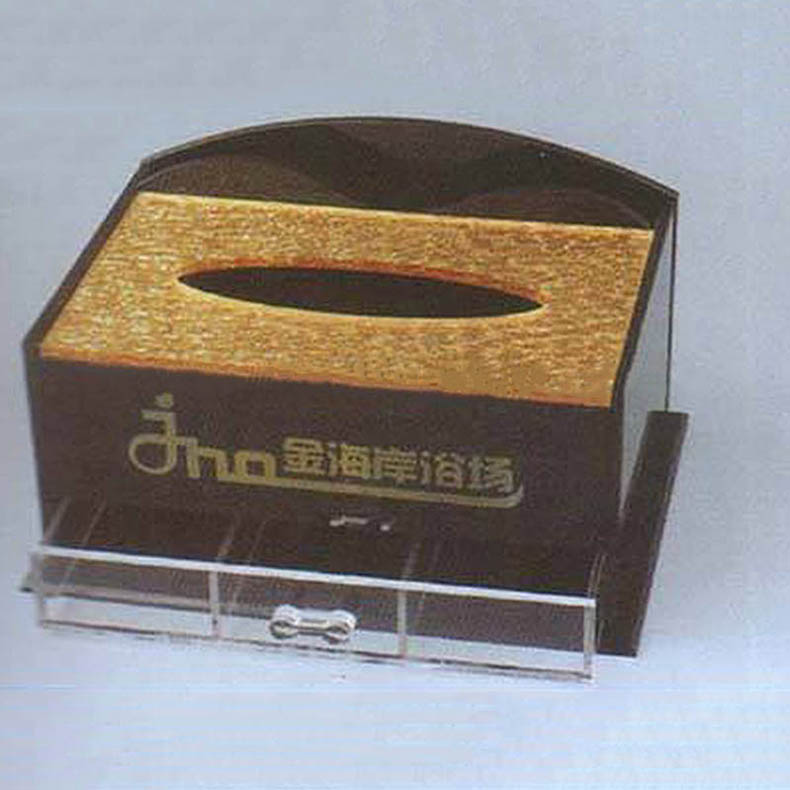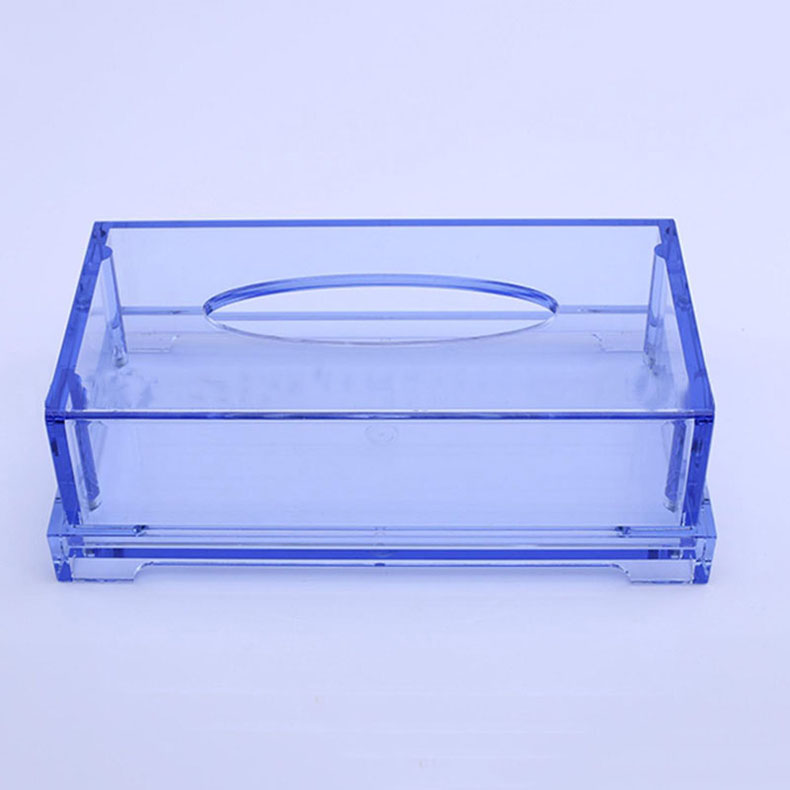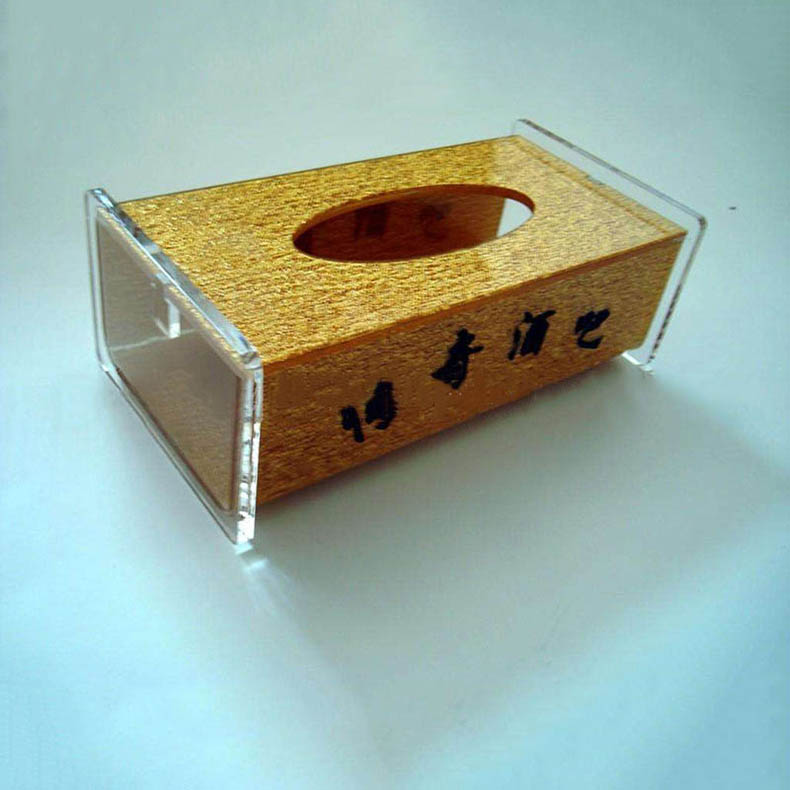Acrylic photo frames, while offering a sleek and modern way to display photographs, also have their share of drawbacks. In this detailed exploration, we delve into the various disadvantages associated with these frames, ranging from durability issues to aesthetic limitations.
Firstly, acrylic, being a plastic material, is prone to scratching and scuffing. Unlike more resilient materials like metal or wood, acrylic can easily acquire surface marks, especially when handled improperly or exposed to rough surfaces. These scratches not only detract from the overall appearance of the frame but can also potentially damage the photograph itself if not carefully placed.
Another significant disadvantage of acrylic photo frames is their sensitivity to heat. Prolonged exposure to direct sunlight or heat sources can cause the acrylic to warp or even melt, resulting in permanent deformation. This deformation not only ruins the structural integrity of the frame but can also distort the displayed photograph, rendering it unusable.
In terms of aesthetics, acrylic frames might not suit every taste or decor style. While they excel in modern or minimalist settings, they might appear out of place in more traditional or rustic environments. The glossy finish and transparent nature of acrylic can sometimes create a clinical or impersonal feel, which might not align with everyone’s preference for warmth and coziness in their home decor.
Furthermore, acrylic frames tend to attract dust and dirt more easily compared to other materials. The static charge generated by the plastic surface can cause dust particles to cling onto it, requiring frequent cleaning to maintain its clarity and shine. This added maintenance can be a nuisance for those who prefer low-maintenance decor items.
Additionally, acrylic frames might not offer the same level of protection as traditional frames. The lightweight nature of acrylic means they might not provide adequate support or stability for larger or heavier photographs. This can potentially lead to damage if the frame is accidentally knocked over or if the photograph slides within the frame due to insufficient support.
Moreover, the manufacturing process of acrylic frames often involves the use of chemicals, which can sometimes leave a residual odor. This odor, while usually fading over time, might be unpleasant for some individuals, especially those sensitive to certain types of plastics or chemicals.
Lastly, the cost of acrylic photo frames can vary widely depending on the quality and brand. While basic acrylic frames might be reasonably priced, high-end or designer options can often carry a hefty price tag. This can make them a less affordable option for those working with a limited budget for their home decor or photography display needs.
In conclusion, while acrylic photo frames offer a unique and contemporary way to showcase photographs, they are not without their share of disadvantages. From durability concerns and aesthetic limitations to maintenance requirements and cost considerations, these factors should be carefully weighed before making a purchase decision. For those seeking a more durable, traditional, or budget-friendly option, alternative materials like wood, metal, or glass might offer a more suitable choice.








